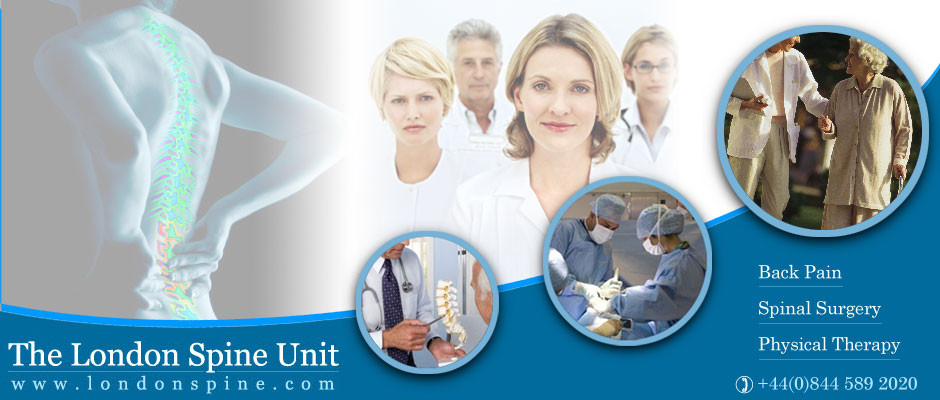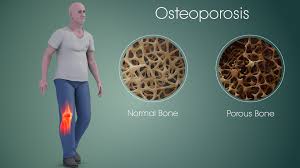To ride a bicycle in a healthy way some details are important:
- The posture: The way we sit on the bike will affect the health of our back, hips and knees, which are the joints that are going to be affected the most. So that the knees do not suffer it is important that the height of the saddle is adequate. Normally the recommended reference is to sit in the saddle with the heel resting on the pedal and raise the saddle until the leg is fully stretched. In this way, when putting the toe cap on the pedal, the knee is slightly flexed when the pedal is close to the ground. If the saddle is too low, the knee will flex too much with the pedals and we will wear out the kneecap.
- Once the seat is adjusted, we can find that the handlebar is very low and forces us to go very crouched. This is not recommended either for the back or for the hips. Going in this position forces the hip joint to a forced flexion which damages the joint causing inguinal pain. On the other hand, going too far forward puts more stress on the muscles and joints of the back.
- The size of the bicycle: It seems obvious to say that the size of the bike should be adequate, but sometimes it is not so easy and it can make a difference.
If a person has an episode of lumbalgia, the first 2-3 weeks may be advisable a sport rest, limiting them to perform specific exercises. It does not always have to be this way. For the first three days it is essential this rest, but then it will depend on the degree of pain and involvement. After 3 weeks, if there are no complications and it is a mechanical lumbalgia, you can resume the bicycle taking into account certain factors.



















